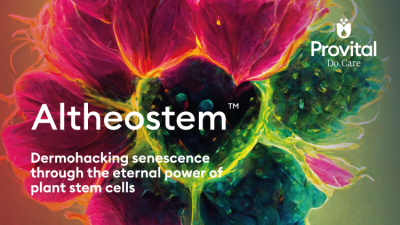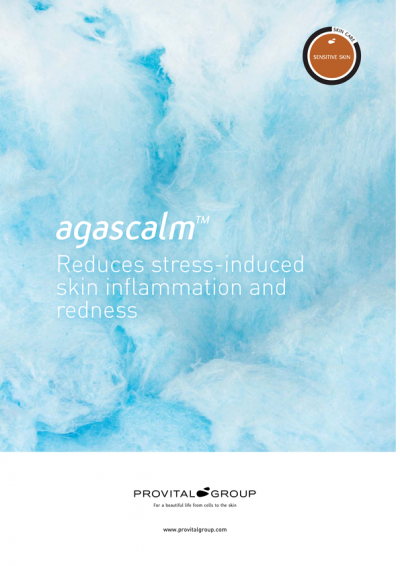Promotional Features
Calanthe discolor
Calanthe discolor
Calanthe discolor is a terrestrial orchid native to Japan, where it is called ebine (エビネ) due to its shrimp-like pseudobulb. Calanthe species have been appreciated as gardening plants at least since the Edo Period. Distributed also in Korea and China, nowadays it is used worldwide as an ornamental plant for its lovely and fragrant purplish-pink flowers and its remarkable large, pleated leaves. Unfortunately, orchids excite such passionate interest that they have a history of overexploitation. By developing a cultured Calanthe discolor stem cell line from a greenhouse grown plant, we provide a powerful alternative to preserve this orchid in the wild.
Anti-ageing mechanism
Secretory factors of hypodermal adipocyte derived stem cells (ASCs) have been shown to have beneficial effects on ageing skin cells, mostly on dermal fibroblasts. Among the ASC secretome, growth factors have been described. These growth factors increase the antioxidant defense in fibroblasts, as well as production of extracellular matrix proteins, and inhibit metalloproteinase production. In addition, cell proliferation and migration have been observed to increase, which is of importance in the wound healing process. In this way, they are able to influence wound healing, skin regeneration and photoaging.
It is all about communication
In order to evaluate the effect of the Calanthe discolor stem cell extract on the production of growth factors by ASCs, human ASCs were incubated in vitro with the active.
We determined that Orchistem induces the production of growth factors in the ASCs, while their concentrations were below the detection level in the control (untreated) ASCs cultures. Furthermore, the concentration of TGFβ1 increased by 50% compared to the control.
At the second step of the in vitro study, aged human dermal fibroblasts were cultivated in a culture medium which contained the supernatant from the ASCs, and compared to fibroblasts cultivated in the culture medium only (control).
Production of collagen I and elastin, proteins pivotal for skin youth, increased by 53% and 81%, respectively, in the treated fibroblasts versus the non-treated control.
Furthermore, RT-PCR analysis showed the upregulation of key genes involved in the extracellular matrix assemblage in aged fibroblast cultures (67 year old donor) treated with the ASC supernatant; in particular, integrin ITGA4 increased by 84% and fibronectin by 58%. Furthermore, the expression of inflammatory cytokine IL8 decreased by 72%.
Proliferation of the fibroblasts was also assessed and an increase by 220% was observed. Finally, the migration of fibroblasts increased by 144% versus control. This indicated the regenerative potential of Orchistem.
The stem cell extract of the orchid Calanthe discolor appears to induce rejuvenating growth and consequently it potentiates the production of some of the most important anti-ageing proteins: collagen I and elastin. It also diminishes the inflammation processes and invigorates the fibroblasts to proliferate and migrate, supporting the skin regeneration.
Therefore, Orchistem is an active ingredient suitable for anti-ageing products intended to improve the firmness of the skin, reducing sagging and redefining the face contours.








